
What is SMA?
Screening & Diagnosis
Living With SMA
Treatments
About Us
Contact Us
Back

What is a genetic carrier?
People who have one working copy of the SMN1 gene and one faulty copy, are known as “carriers” of SMA. Carriers do not have SMA, because of their one working SMN1 gene. However, if two carriers have a child, there is a one in four (25%) chance their child will have SMA. Approximately 1 in 50 people are carriers of SMA.
Genetic carrier screening (also referred to as reproductive genetic carrier screening) aims to identify couples at an increased chance of having children with serious inherited genetic conditions, such as SMA. Australian clinical guidelines recommends that doctors offer genetic carrier screening to every woman or couple planning to start a family (i.e. pre-conception) or in their first stage of pregnancy (i.e. prenatal), regardless of their risk factors or family history. Even if you have no family history of genetic conditions and have already had healthy children, carrier screening is still recommended.
How can I access genetic carrier screening?
Genetic carrier screening is simple and can be requested by your GP, obstetrician or genetic counsellor. It involves a blood test or mouth swab to collect genetic material which is then analysed in a laboratory.
From 1 November 2023, genetic carrier screening for SMA, Cystic Fibrosis (CF) and Fragile X syndrome was made available free of charge through Medicare to Australian women who are pregnant or planning a pregnancy. If the test finds the person is a carrier, then the person’s reproductive partner may also undergo genetic carrier testing at no cost. For people who do not meet the Medicare criteria, testing is available at a cost. Speak to your healthcare professionals or testing provider for further information.
What happens if I am a carrier?
If you are identified as a carrier of SMA, your reproductive partner can undergo genetic carrier screening to further understand your chance of having children with SMA. If they are not identified as a carrier, your chance of having children with SMA is low but not zero. Therefore, other screening methods, including newborn screening, continue to play an important role in screening for SMA.
If genetic carrier screening finds you and your reproductive partner are at risk of passing SMA onto your child, your healthcare team will help you understand what this means and guide you through your options for future and current pregnancies. For example, if you are not currently pregnant, this may include discussions about in vitro fertilisation (IVF), using donor eggs/sperm, or preparing for natural conception with early diagnosis and intervention. If you are already pregnant, this may include discussions about prenatal testing.
More information can also be found on the Carrier Screening website, developed by SMA Australia with funding from the Federal government.
How did genetic carrier screening start?
In 2018, the Australian Government launched Mackenzie’s Mission: a $20 million national study offering free reproductive screening to 10,000 couples for inherited genetic conditions, including SMA.
The project was named in honour of Mackenzie Casella, who died from SMA in 2017 at just seven months old. It was led by a national team of experts and inspired by the advocacy of Mackenzie’s parents, Rachael and Jonathan Casella.
Mackenzie’s Mission provided critical data and insights that directly shaped the development of the genetic carrier screening available today. You can learn more at mackenziesmission.org.au.
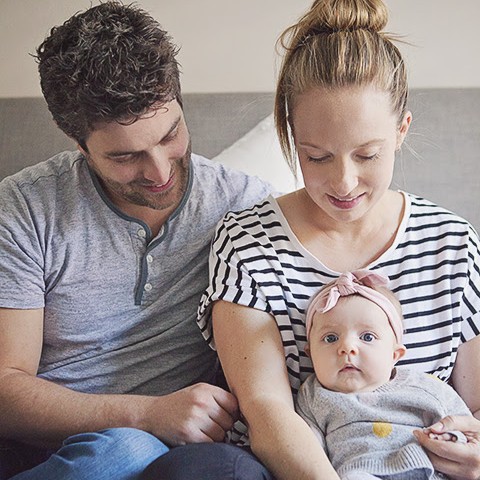


If you are pregnant and find out you are a carrier for SMA and/or you have a family history of SMA, follow-up prenatal tests are available that will help inform your reproductive choices. Your healthcare professionals will determine if prenatal testing is suitable for you. Prenatal tests include:
Based on your results, your healthcare team (i.e. GP, obstetrician, nurse, midwife, genetic counsellor and/or healthcare professional with experience in SMA) will help guide you through your options when it comes to continuing your pregnancy and considering treatment options for your child.


Newborn screening is offered for all babies born in Australia to check for rare conditions that can be treated. By screening at birth, families of affected newborns can connect with healthcare professionals quickly, minimising the impact of these conditions on long-term health and survival.
SMA is one of the conditions tested for during newborn screening. Early diagnosis of SMA is vital because it means treatment can be started as early as possible and the impacts of SMA on your child can be reduced.
In August 2018, the first pilot program for screening newborns for SMA started in NSW and the ACT. In March 2021 it was recommended by the Federal Government and rolled out nationally over the three years that followed. Newborn screening for SMA is now available free of charge in all States and Territories in Australia via the Newborn Bloodspot Screening (NBS) program.
The test will be offered for your baby in the first few days after their birth. If you agree to the testing, a midwife or nurse will prick your baby’s heel and collect a small sample of blood on a special filter paper card – a ‘bloodspot’. Collecting a bloodspot is safe and does not harm your baby – they may feel some brief discomfort, but holding or feeding them while the bloodspot is collected can help.
This sample will then be analysed by a laboratory for a range of conditions, including SMA. Most babies will return a normal result, and you will not be contacted. Sometimes, a repeat test is needed, but most repeat tests are also normal. If the test shows a condition like SMA could be present, you will be contacted, and further testing may be required, such as a blood test to diagnose SMA.
At this stage, you may be introduced to a multidisciplinary healthcare team who specialise in SMA. This team typically includes professionals such as a paediatric neurologist, nurse, genetic counsellor, and social worker. They will guide you through the process, providing detailed information about SMA, including treatment options, and develop a personalised management plan tailored to your child's needs.
Taking care of yourself during this time is just as important as supporting your loved one. It's completely normal to experience a mix of emotions – sadness, anger, guilt, concern, and hope for your child's future. Remember, you don’t have to go through this alone. Support is available to help you navigate these feelings. You can find more information at our Parents, Carers and Carriers page.

Watch Adriana and Adam's video on first learning about SMA following newborn screening and their journey from diagnosis to now by clicking on the link - Caring Conversations: Receiving a SMA diagnosis.
Adriana and Adam's story is shared to help people better understand the lived experience of SMA.
The video is not intended to provide medical information about diagnosis, treatment, or patient-specific advice.
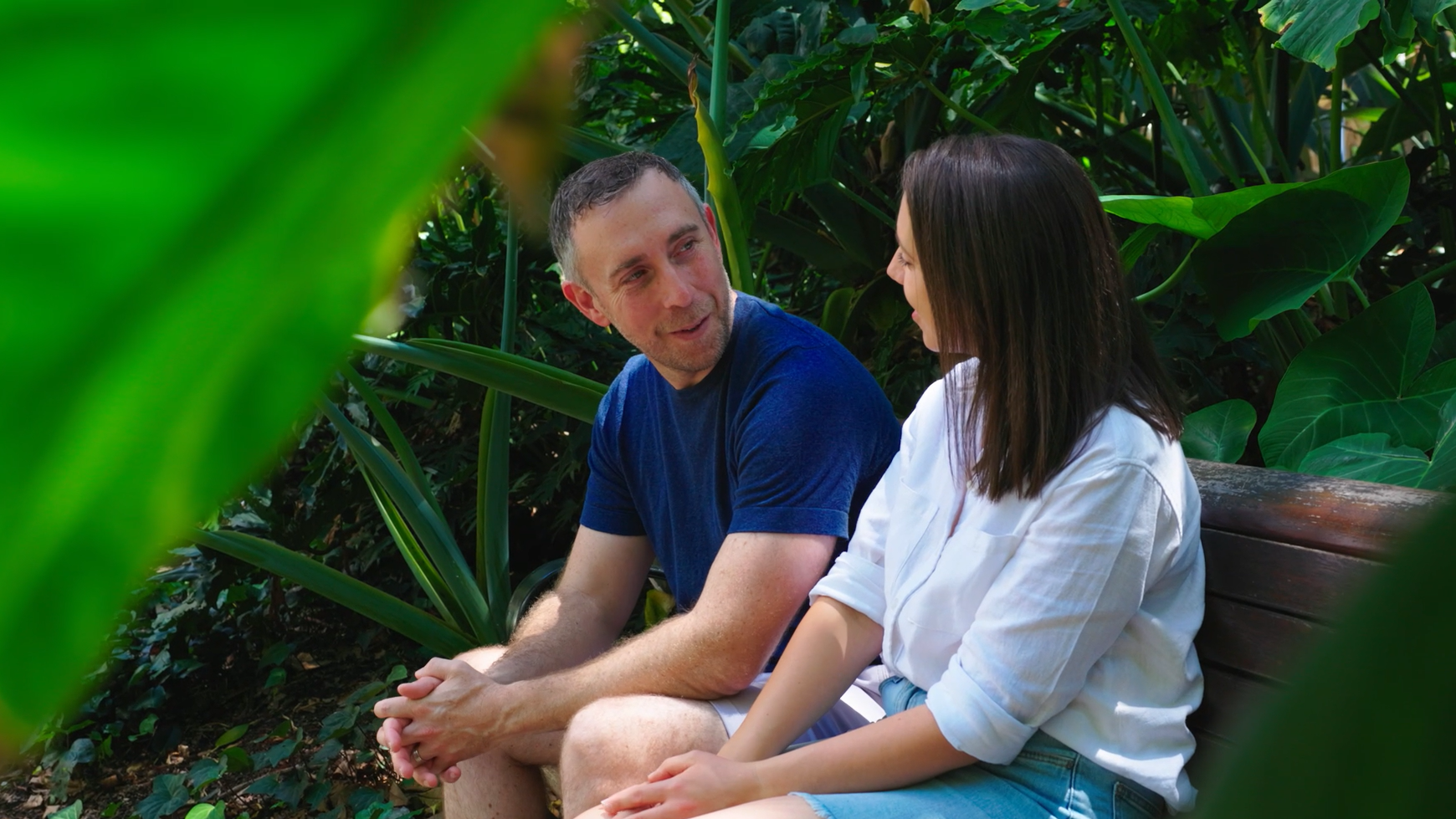
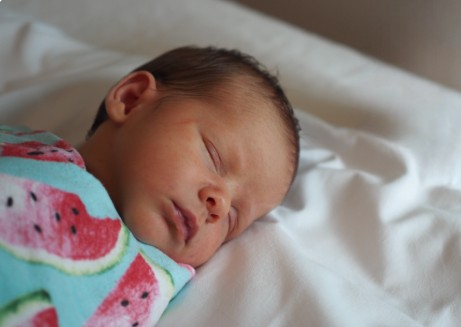
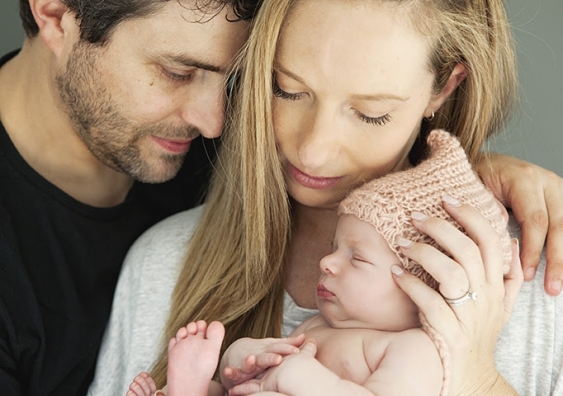

Newborn Bloodspot Screening (NBS) of SMA was recommended by the Federal government in March 2021, and rolled out nationally in the three years that followed to each State and Territory in Australia:
This means babies born before this might not have been screened for SMA. Whether your child has been screened for SMA or not, if you are concerned about any signs or symptoms, it is always best to speak to a doctor.
Symptoms to look out for include:

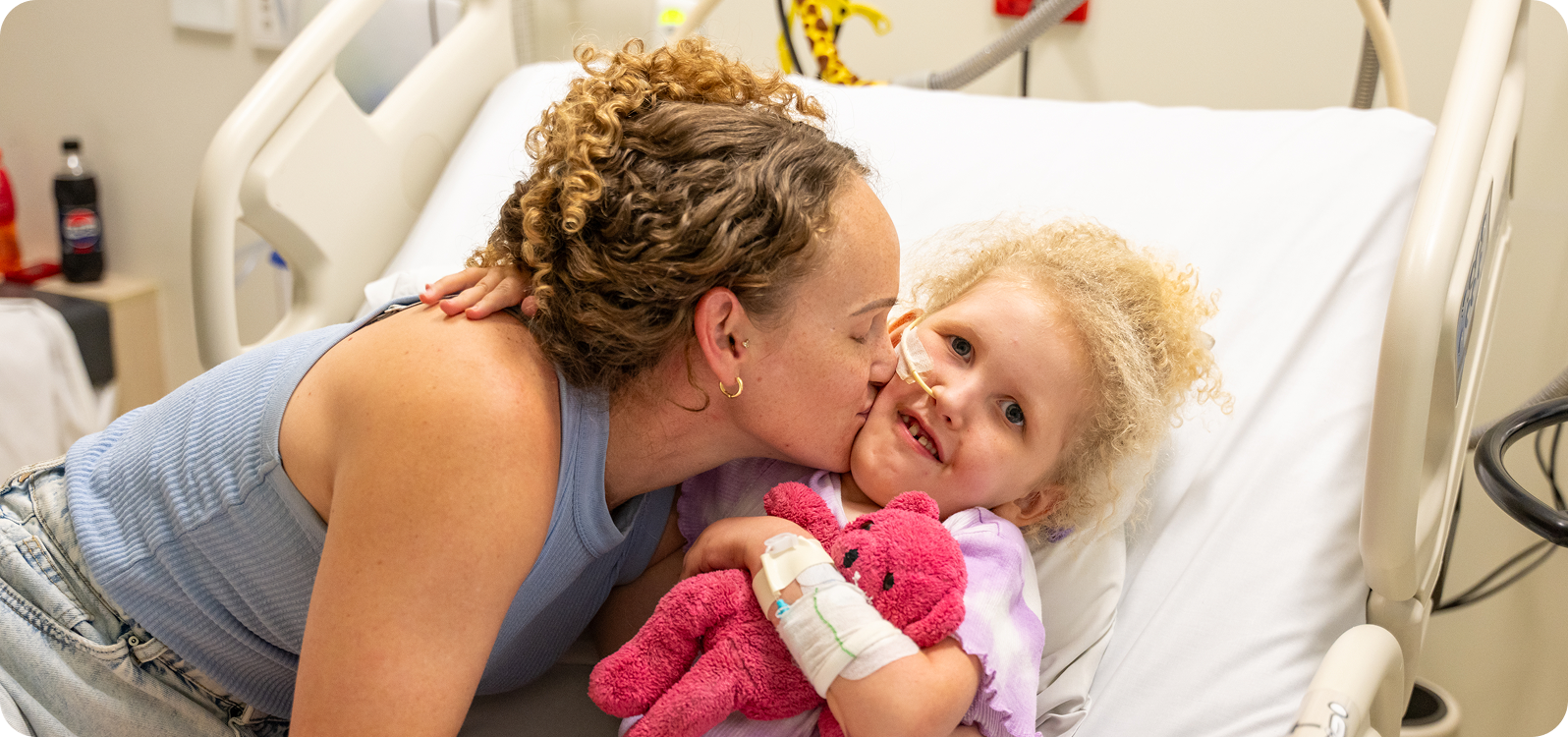


Whilst genetic carrier screening can test if you and your partner risk passing SMA on to your child, it cannot be used to diagnose your child with SMA. Prenatal screening provides you with a clearer understanding of your child’s SMA diagnosis and can help guide conversations with your healthcare team regarding continuing your pregnancy and considering treatment options for your child.

If your child is diagnosed with SMA, they will have a certain type of the condition. Each type has a different impact on the quality and length of life, with different treatment options available for each type of disease. Further information can be found at our Children (0-12) Living With SMA page.

If your child is diagnosed with SMA as a teenager, they may have some muscle wasting and movement limitations, and other symptoms such as scoliosis. You may need to make some accommodations to help them live a full life with SMA. Further information can be found at our Teenagers (13-17) Living With SMA page.

Adult-onset SMA is often a mild form of the disease, with minor impacts on quality of life. Further information can be found at our Adults (18+) Living With SMA page.

People living with SMA will be supported by a multidisciplinary healthcare team, including a doctor, neurologist, and specialists such as physiotherapists and occupational therapists. There are also external support services available, such as SMA Australia’s peer to peer support programs.

The impact of SMA on quality of life depends on the severity of symptoms. However, support is available to help everyone living with SMA to reach their full potential. The treatment landscape for the condition is also rapidly evolving.

There is currently no cure for SMA, however, treatments are available for eligible patients. More information can be found at our Treatments page.
This website is not intended to replace medical advice. Please speak to your healthcare professional for more information.
Join a powerful community of supporters who are helping tackle spinal muscular atrophy at its very core. Our community relies on us for support and best-practice resources to guide them in living well with SMA, as well as for resources to help raise disease awareness, educate others and advocate for people living with SMA in the wider Australian community.
